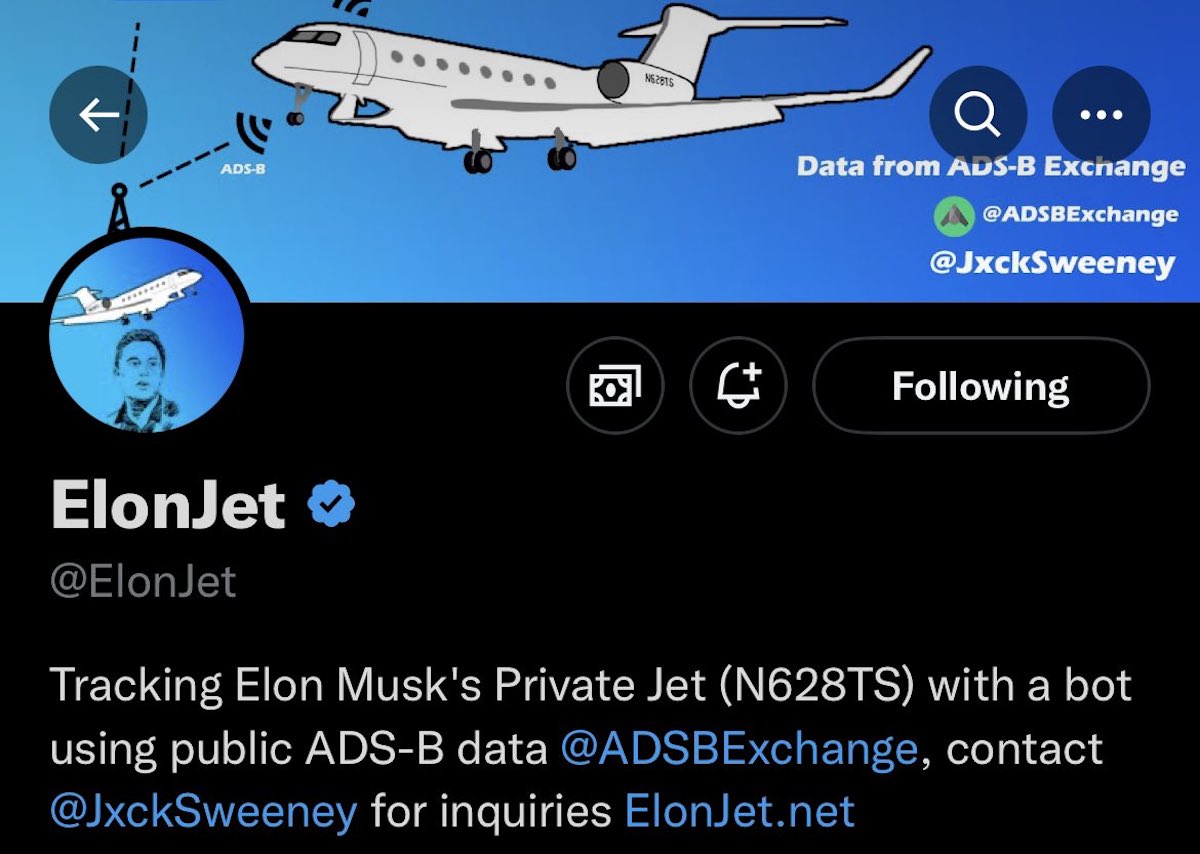Elon Musk has reactivated several journalists’ Twitter accounts, suspended for a day due to a controversy over the publication of flight data about his plane and his son’s safety.
The reinstatements came after the journalist’s suspensions drew harsh criticism on Friday from government officials, advocacy groups, and journalism organizations worldwide, with some claiming the microblogging platform jeopardized press freedom.
A later Twitter poll by Musk revealed that most respondents wanted the accounts restored immediately.
“The populace has spoken. “Accounts that doxxed my location will be unblocked now,” Musk said in a tweet on Saturday.
Twitter did not immediately respond to a request for comment from Reuters. According to Reuters, the suspended accounts, which included journalists from the New York Times, CNN, and the Washington Post, have since been restored.
French, German, British, and European Union officials had previously condemned the suspensions.
The incident, dubbed the “Thursday Night Massacre” by one well-known security researcher, is being viewed as new evidence of Musk, who considers himself a “free speech absolutist,” eliminating speech and users he dislikes.
Tesla TSLA.O shares fell 4.7% on Friday, posting their worst weekly loss since March 2020, as investors became increasingly concerned about Musk’s distraction and the slowing global economy.
The French minister of industry, Roland Lescure, tweeted on Friday that, in response to Musk’s suspension of journalists, he would suspend his Twitter activity.
The United Nations’ head of communications, Melissa Fleming, tweeted that the suspensions were “deeply disturbing” and that “media freedom is not a toy.” The German Foreign Office warned Twitter that moves that jeopardized press freedom were unacceptable.
The suspensions resulted from a disagreement over a Twitter account called ElonJet, which used publicly available information to track Musk’s private plane.
Despite Musk’s previous tweet saying he would not suspend ElonJet in the name of free speech, Twitter suspended the account and others that tracked private jets on Wednesday.
Twitter’s privacy policy was soon changed to prohibit the sharing of “live location information.”
Then, on Thursday evening, several journalists, including those from the New York Times, CNN, and the Washington Post, were abruptly suspended from Twitter.
Twitter’s head of trust and safety, Ella Irwin, said in an email to Reuters overnight that the team manually reviewed “any accounts” that violated the new privacy policy by posting direct links to the ElonJet account.
“I understand that the emphasis appears to be primarily on journalistic accounts, but we applied the policy equally to journalistic and non-journalistic accounts today,” Irwin wrote in an email.
According to the Society for Advancing Business Editing and Writing, Twitter’s actions “violate the spirit of the First Amendment and the principle that social media platforms will allow the unfiltered distribution of information that is already in the public square,” according to a statement issued on Friday.
Musk accused journalists of publishing his current location, which he described as “basically assassination coordinates” for his family.
The billionaire briefly appeared in a Twitter Spaces audio chat hosted by journalists, which quickly devolved into a heated debate over whether the suspended journalists had exposed Musk’s real-time location in violation of the policy.
“You are suspended if you dox. “End of story,” Musk repeatedly responded to questions. “Doxing” is publishing private information about another person, usually with malicious intent.
Drew Harwell of the Washington Post, one of the journalists suspended but able to participate in the audio chat, pushed back against the notion that he had exposed Musk or his family’s exact location by posting a link to ElonJet.
Soon after, BuzzFeed reporter Katie Notopoulos, who hosted the Spaces chat, tweeted that the audio session had been abruptly cut off and that the recording was no longer available.
Musk explained what happened in a tweet: “We’re fixing a Legacy bug. “I should be at work tomorrow.”
NBC Journalist Suspended Over reporting on Twitter and Elon Musk
Meanwhile, NBC News has temporarily suspended journalist Ben Collins, who covers disinformation and extremism and their intersection with digital platforms, from regular reporting on Twitter and Elon Musk, according to a person familiar with the situation, citing social media comments that the NBCUniversal news organization felt were inconsistent with its editorial standards.
NBC News declined to comment on executives, saying it would not comment on personnel matters. Collins’ decision was previously reported by the online news outlet Semafor.
According to this person, NBC News decided earlier in December after warning Collins several times about his comments about Twitter and Musk. Collins is still on the job and has been active on Twitter recently.
Meanwhile, Musk’s efforts to silence several prominent journalists on Twitter have widened the schism between the social media platform and several mainstream media outlets.
He suspended the accounts of The New York Times’ Ryan Mac, the Washington Post’s Drew Harwell, CNN’s Donie O’Sullivan, Mashable’s Matt Binder, and the Intercept’s Micah Lee, as well as progressive journalist Aaron Rupar and former MSNBC and ESPN anchor Keith Olbermann, on Thursday.
Many journalists had written about Musk’s decision to ban the @ElonJet account, which tracked the movements of his private jet, on Wednesday, or had been critical of Musk on Twitter. Some journalists had tweeted a link to the tracking account on Mastodon Social, Twitter’s rival.
“The rash and unjustified suspension of several journalists, including CNN’s Donie O’Sullivan, is troubling but unsurprising,” CNN said in a statement.
“Twitter’s increasing instability and volatility should be of incredible concern for everyone who uses Twitter. We have requested an explanation from Twitter and will reassess our relationship based on their response.











